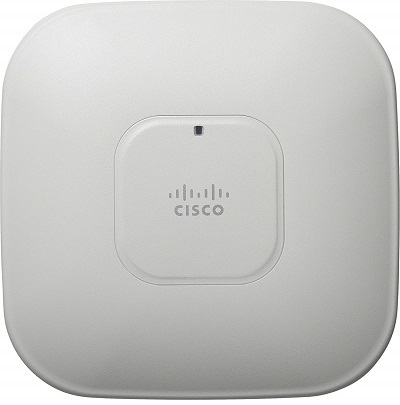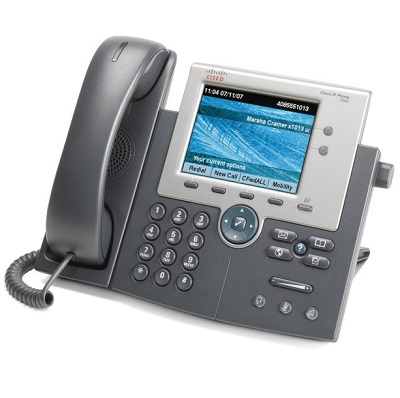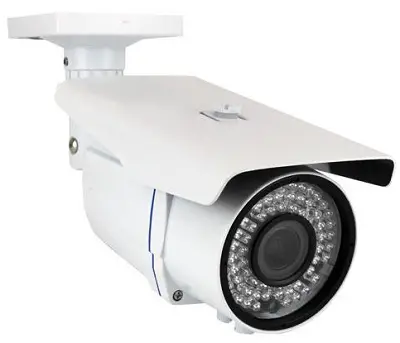What is Power over Ethernet (PoE)
Power over Ethernet (POE) is standard that allows electric power transfer along with data on Ethernet copper twisted pair cables.
Power over Ethernet (POE) allows power to be delivered without installing additional power sockets. Power over Ethernet (POE) allows twisted pair cables and RJ45 jack to provide both data and electric power to end devices. Devices can be installed at less cost without electrical cables, electrical cable channels, electrical tools, electrician etc. Hence, Power over Ethernet (POE) based systems are cost-effective and efficient.
Power over Ethernet (POE) is very helpful, because we can provide power to devices which need both power and data like wireless access points, VoIP phones, IP cameras etc., via Ethernet twisted pair cables.



The original IEEE (Institute of Electrical and Electronics Engineers) standard for Power over Ethernet (POE) was 802.3af. This standard provides up to 15.4 Watt and 44 Volt DC. An updated IEEE (Institute of Electrical and Electronics Engineers) standard for Power over Ethernet (POE) is 802.3at. This standard provides up to 25.5 W of power over Ethernet twisted pair cables.